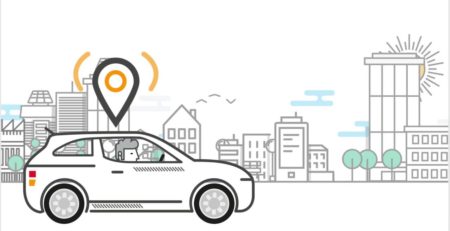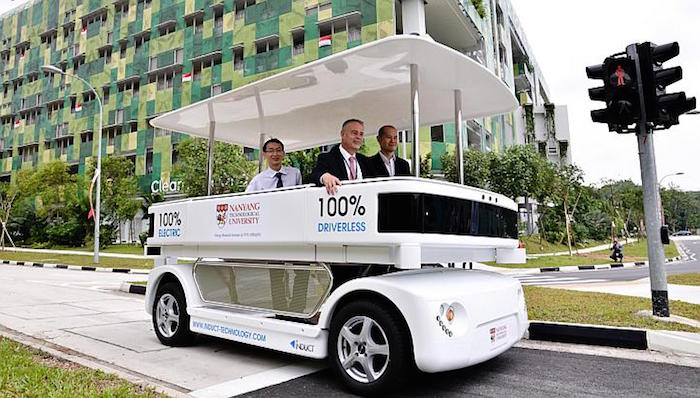We know from our own driver data at LexisNexis Risk Solutions company Wunelli and other external research that telematics policies – with driver communication – contribute to safer driving habits.
It is also becoming accepted that telematics technology creates new opportunities for product development, matching consumer segmentation to new motorist groups as the cost of implementing telematics capabilities is falling, and the precision of data and risk scoring from various device sources is meanwhile rising.
So there was a sliver of good news for the industry, and for younger drivers, when the ABI announced its Motor Premium Tracker for Q1 2017 showing that aged 18-20 drivers (those drivers where penetration of usage-based insurance is well established) were the only group to see a drop in insurance premiums.
It wasn’t good news for the majority of drivers, however, as the data shows the average premium paid in the UK was at £462, up by 8% since Q1 2016 and adding an extra £33 a year to the cost of insurance. Premiums have been rising fastest recently for the 56-60 age group (up 12%) and the 51-55 age group (up 10%).
There was other bad news for insurance costs with general inflation and repair costs on the rise, and the personal injury Discount Rate coming through to further impact on premiums in January 2018, the period when most reinsurance contract renewals take place (unless further legal reform is in place by then).
Yet within what is a gloomy set of statistics for the insurance industry, there is an important undercurrent happening, and a growing body of consumer awareness to make it a reality. It is a story of risk reduction, coaching drivers on their driving style for better road safety and for the greater good.
Telematics product development
Moving on from the under 21-driver market, customers in other segments — those in high-risk postcode areas, those with higher mileage, the over-70s, drivers returning following a ban or lengthy break, or other inexperienced drivers — will gradually migrate to telematics, to make the cost of insurance affordable or increase the coverage of their policy.
The current evidence globally states that telematics premiums reduce within a range of 10% to 40% if a driver selects a telematics policy and these reductions are affordably made through the use of telematics as a monitoring tool where the driver’s behaviour is altered. These drivers are the safest and have nothing to fear from being monitored.
These lower risk drivers have effectively self-selected. And it is now commonly understood that where an insurer does not have a telematics product for the low-risk driver, and the competition does have one, they will naturally attract only the highest risk drivers, and therefore will become increasingly uncompetitive on price.
It is a model of evolution, and competitive displacement, based on some trends that we are already seeing in the market.
- Research demonstrates that the majority of inexperienced drivers understand they are paying more for their car insurance than they could. The Insurance Behaviour Tracker from Consumer Intelligenceshows the proportion of under 25s who are insured on a telematics policy in the UK grew from 6% in 2014 to 21% in 2016.
- Research also demonstrates that around half of drivers are willing to accept a telematics programme if offered (to benefit from the lower premiums).
- Research demonstrates that the driver’s propensity to be involved in a collision falls after a telematics device is utilised.
In October 2013, some 9% of the five cheapest new business quotes across the price comparison sites and key directs were from telematics providers. That figure has now more than doubled to 20%. The increase in the last 12 months was 5%, which is the fastest momentum since Consumer Intelligence began measuring it more than three years ago.
Driver behaviour, added to the traditional pricing attributes, can transform how an insurance company creates products aimed at specific driver segments. Selective growth and balancing risk across the insured book of business is a key measurement where telematics can bring clarity.
The transaction is an exchange of data for value
We believe that the value of telematics can be best communicated when the driver understands that there is a transaction taking place. The transaction for the consumer goes something like this: “I agree to provide you with my driving data and in exchange I benefit from lower cost, additional connected car services and better protection.”
There is a logical argument that new products can be created covering not just the high risk segment but most, if not all, segments of the insured book.












